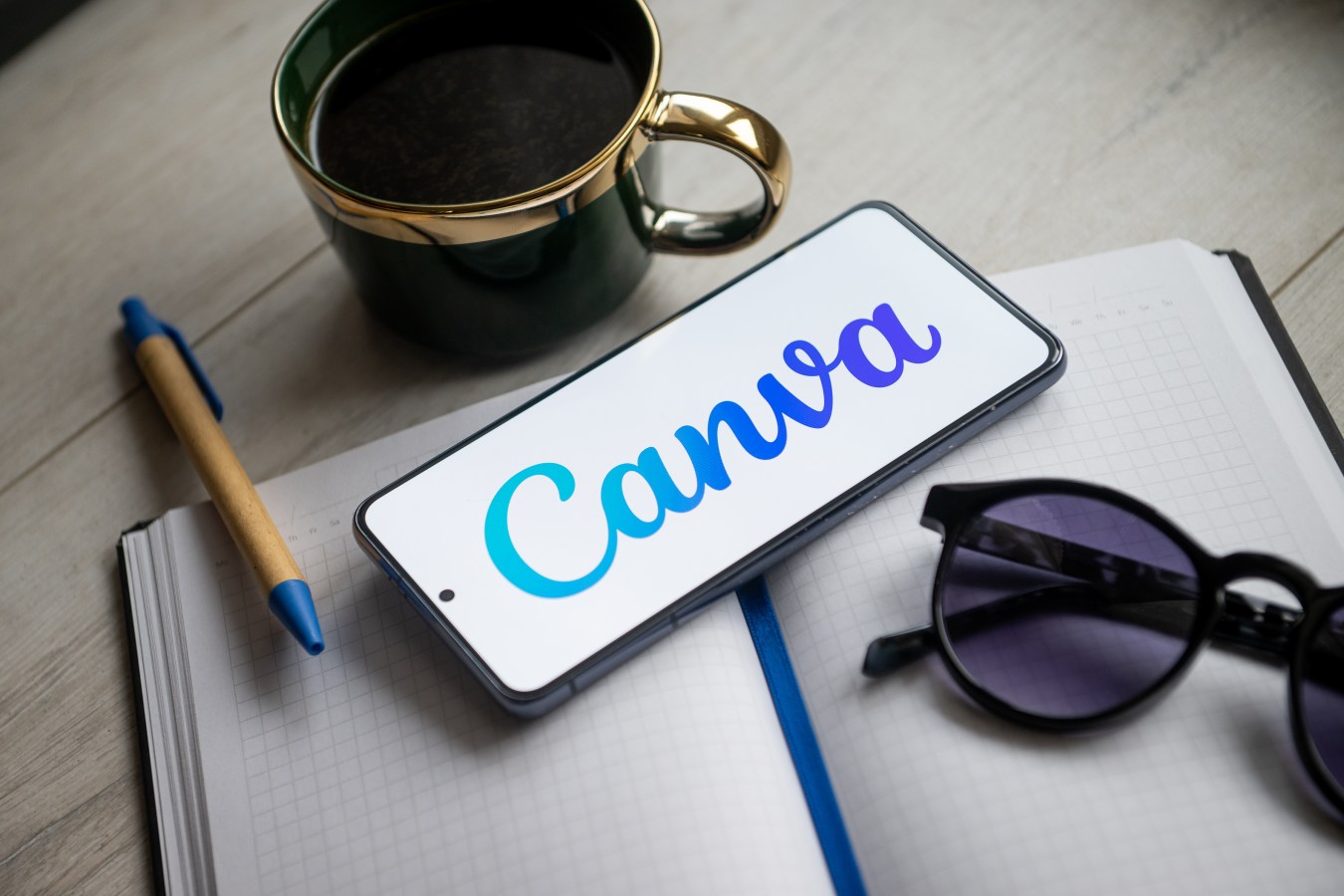There are 101 ways Canva is different today than it was yesterday. The company’s Aussie founders announced significant changes at the ‘Create’ conference in Los Angeles. Forbes Australia got an exclusive demo from COO Cliff Obrecht.

It started in Perth, has had enormous global success over the last decade, and is now transforming into an enterprise platform. Design platform Canva is reinventing itself in a big way, and pushing beyond the marketing department into sales and HR too.
“What we’re launching is a serious enterprise product that has all the core enterprise features – plus all the workflow and value add features that make creating and managing visual content seamless for organisations of all sizes,” says Cliff Obrecht.
Obrecht is in Los Angeles preparing for the annual Canva Create conference. This is the first year the company has held the event outside Australia, where Canva was founded.
“All of our core products are getting the features that our users have requested, and a whole new enhanced, experience across everything, including our AI studio.”
Cliff Obrecht, Canva COO
It comes ahead of a potential NASDAQ listing for the design giant, currently valued at $26 billion (AU$38.5 billion).
Obrecht reveals the new features that customers all over the world can now access. There are 101 of them he says proudly. The shift into the enterprise market is only one component of the changes Canva has made.
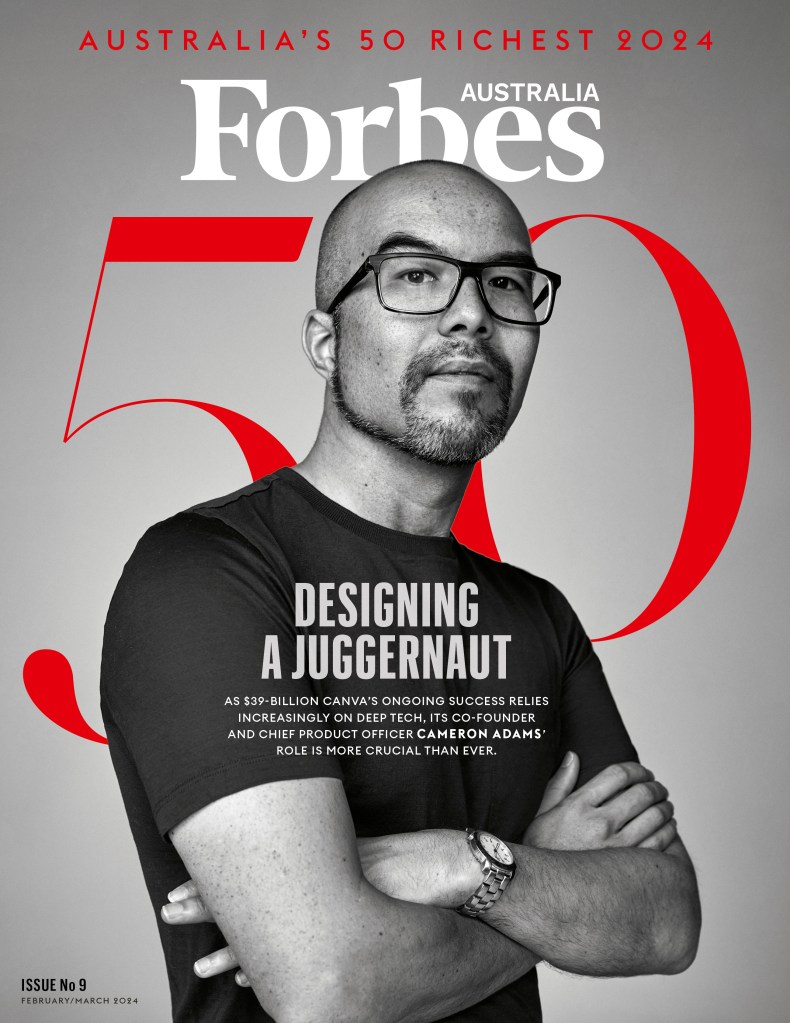
“We’re improving all of Canva, we’ve given it a ‘glow-up,’ says Obrecht. “We’re also tailoring tools for every team in an organisation – marketing, sales and HR.”
The ‘glow-up’ is driven in-part by customer suggestions.
How sales, marketing, and HR will benefit from the new Canva
The tools developed specifically for the sales department are something akin to what can be found in Salesforce.
“It’s about design automation. You can connect your Salesforce with a Canva design – whether that be a quarterly business review, or forecast. And then with one click just automate the creation from your data source,” says Obrecht.
New marketing tools are also geared toward automation.
“You can link to any data source and create a million variants of a design. We can now bulk create. And that’s a huge one – one of the most requested things and solves an acute problem for marketers. We have deep integrations with platforms like Meta, Google and Amazon, so you can just deploy and understand what’s going to work on those platforms.”
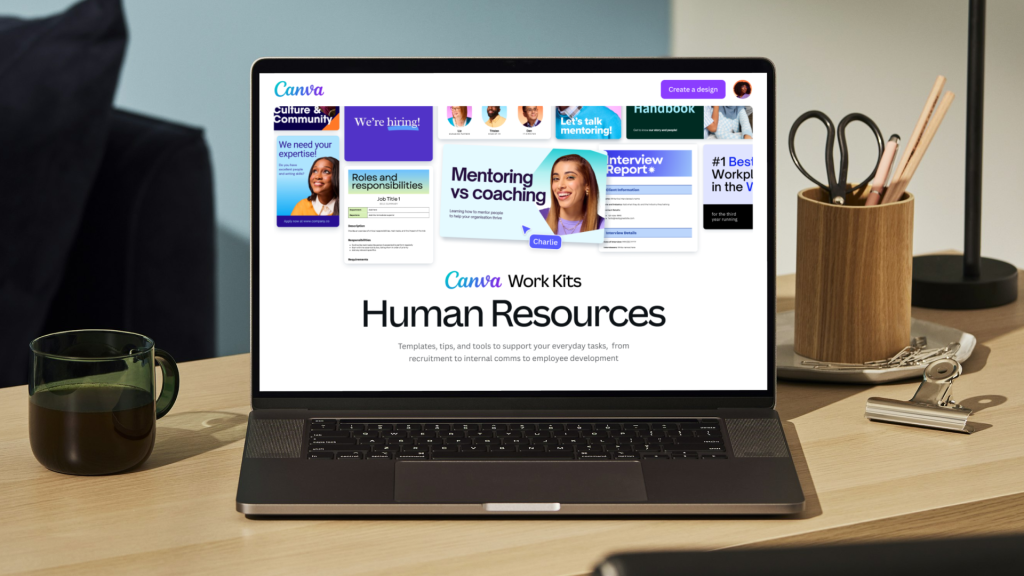
New HR tools are also integrated into the Canva platform. They include the ability to create and deliver training videos and courses, reminiscent of LinkedIn.
“It’s a full content consumption platform and learning management system. It allows you to do things like courses for onboarding, compliance, diversity training, upskilling employees. You can take those courses live within Canvas,” says Obrecht.
“It allows you to organise your content in a really effective way, and also navigate Canva as an ecosystem that you don’t really need to leave.”
The Enterprise play
“We’re already the largest design platform in the world by an order of magnitude,” says Obrecht.
“It’s taken us two years to work on our enterprise product. We’ve spent an incredible amount of time investing in making Canva a real enterprise workhorse. And we’re finally here.”
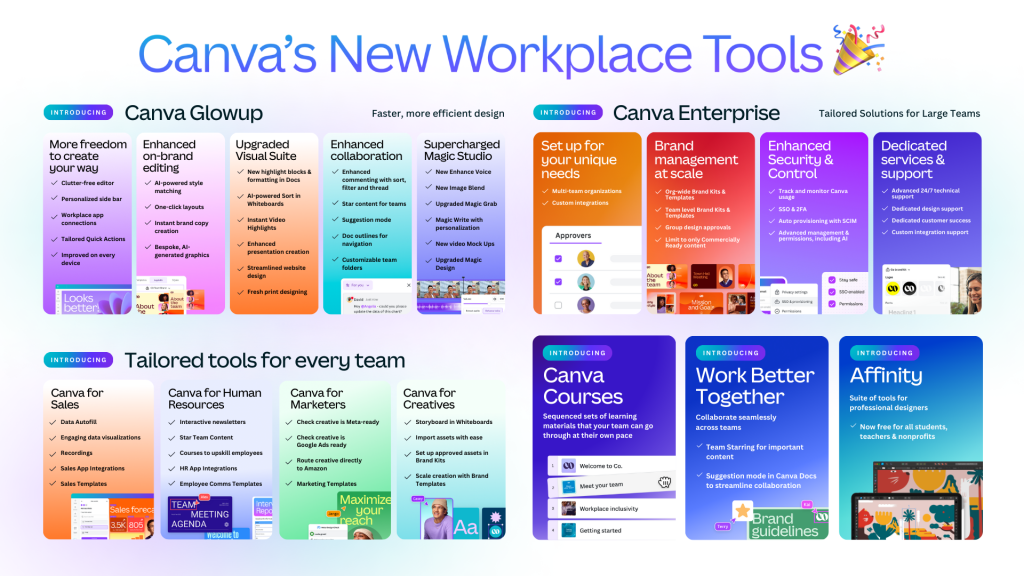
The workhorse Obrecht speaks of, is one that has the ability to serve enormous, complex organisations.
“How do you organise a 20,000 or 100,000 person company? How do you set up things like multi-team organisations, custom integrations, ensuring that brand kits can be propagated,” says Obrecht.
Canva can now solve problems outside the design needs of the marketing department, as well as provide solutions for complexity within the marketing department.
“If you’re, say, Intercontinental Hotel Group, you may have 50 different brands under that Intercontinental master brand. If you’re Procter and Gamble, you’ve got the complexity of managing a master brand and sub brands – having individual billing for each part of the business, enhancing security and controls, and dedicated support. That stuff kind of sounds boring, but, if you don’t do these things, you can’t win in large organisations,” says Obrecht.
Developing Canva’s new platform may have taken two years, but capturing the enterprise market has been a goal since the early days of the business.
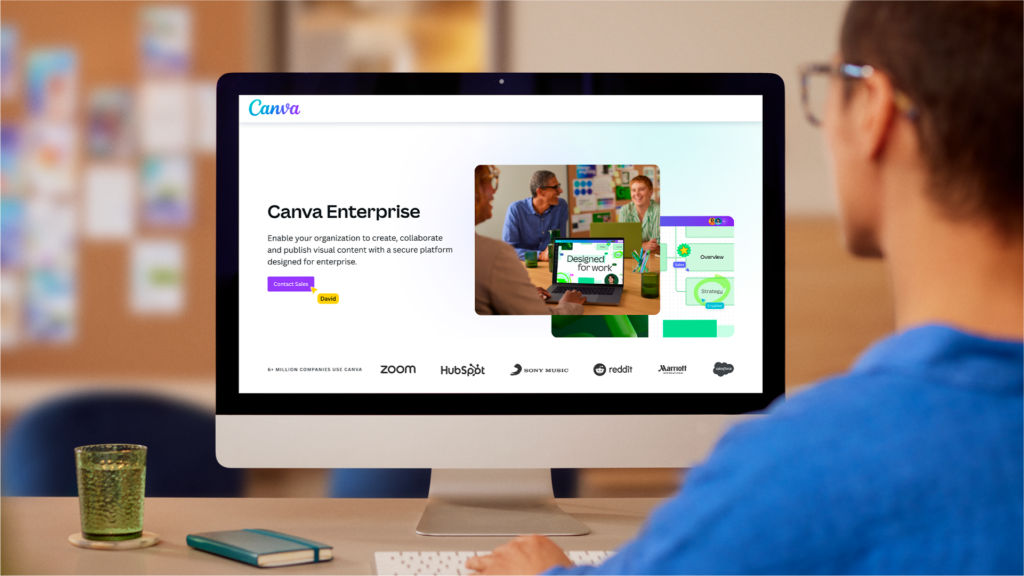
“It was part of our strategic direction from day one. We took a really deliberate approach, building for the masses, and then working our way up to the enterprise,” says Obrecht.
Airtree co-founder Craig Blair, an early investor in Canva, recalls meeting with Perkins, Obrecht, and Adams, a decade ago.
”Back in 2014 when we first met them, they pitched an incredibly broad vision, starting with democratising design, and leading into collaboration tools,” says Blair.
“It felt like they were going to get into a head-to-head with mega-platforms like Google, and Microsoft and Salesforce. Now they’re doing what they said on that pitch day back in 2014. It’s been an incredible journey over the last decade, and they keep delivering on what they said they would do.”
Obrecht sums up the consistent expansion of the platform using an apt analogy.

“We have a philosophy at Canva, of planting seeds and picking fruit. We’re not just thinking quarter-to-quarter what we’re going to launch feature by feature. We’re thinking, what’s going to create success, particularly for enterprise customers, or the masses, in two, three years out? We have very long term planning,” says Obrecht.
That long-range planning has enabled Canva to bring new tools to market now, that can’t be found anywhere else.
AI integration: going beyond GPT
A key part of what makes the new Canva so powerful, is the ability to take content and convert it into different formats.
“Yes you can create whatever you want – we’ve got the whole GPT integration. But I feel that’s all table stakes now and every product has got that,” says Obrecht.
“The real power is how AI essentially allows you to do highly manual tasks in between doc types. So, the ability to take a whiteboard, convert it into a document, take a document, convert that into a presentation, take a presentation, convert them to a video, these are complex workflows that that are exclusive to Canva.”
Look back on the week that was with hand-picked articles from Australia and around the world. Sign up to the Forbes Australia newsletter here or become a member here.


